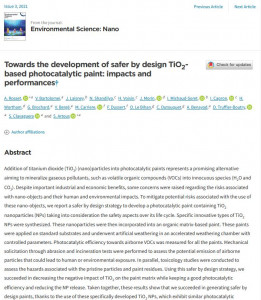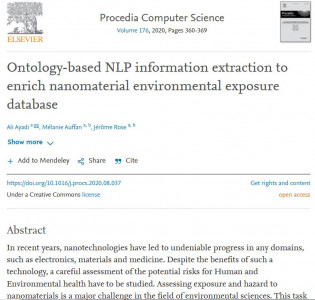A new publication which acknowledges Serenade's support has been accepted, through Royal Society of Chemistry peer review process.
It focuses on cellular responses to zinc (oxide nanoparticles and ions) exposure.
Zn oxide nanoparticles are among the most widely used nanoparticles : its can be found in sunscreens or antibacterial coatings, and its possibly could have medical applications against cancerous cells proliferation. However, Zn oxide toxicity is known through different cellular models, and even before by metal fume fever cases.
Using murine macrophage-like cell line (RAW264), these investigations show different Zn effects depending on considered cellular pathways and functions. High intracellular Zn concentrations protein have been observed and attributed to Zn easy dissolution. Most of this intracellular Zn was protein-bound. Strong responses in the central metabolism and in the proteasomal protein degradation pathway contrast with weak response in the oxidative stress pathway. Moreover, targeted experiments have shown evidence that carbohydrate catabolism and protesoame critically determine cellular sensibility to Zn, and among other effects, genotoxicity. In the other hand, other metabolic reactions (glutathione levels and phagocytosis) appear unaffected at moderately toxic Zn concentrations.









